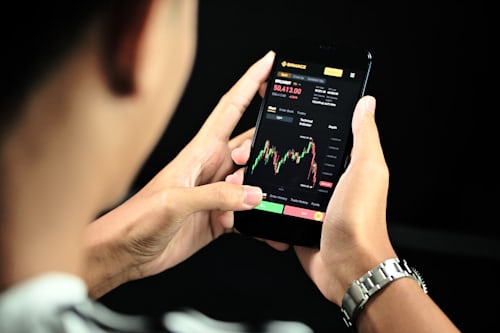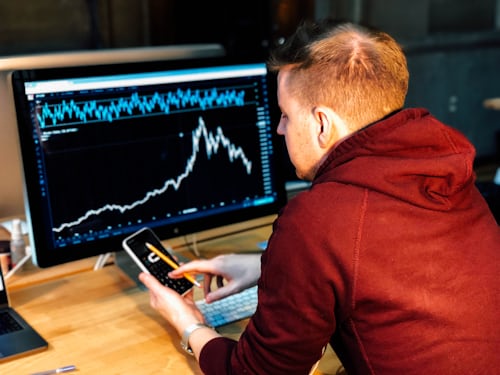Of course, CFD trading also incurs costs, because the broker provides a service for which he is remunerated. Potential costs include:
- Fixed costs
- Transaction costs
- Possibly financing costs
Fixed costs
The fixed costs can be described as account management fees. These are incurred regardless of whether you carry out transactions or not. However, some providers also offer a CFD broker without account management fees if a certain trading volume is achieved in return. So here it is quite interesting to compare the individual CFD brokers with each other in order to find the most favourable provider.
Transaction costs
Transaction costs in the form of spreads are also the main source of income for CFD brokers. A spread is the difference between the buying and selling price of a CFD. A small example will illustrate this:
You want to open a long position and thus buy CFDs in thaiexness20.com/mt4 on an index value (Dax) whose score is 5,503. With a spread of 2 points you can only buy the CFD at the value of 5,505 points and in return only sell it for 5,501 points. The difference is the CFD broker's transaction fee.
Financing costs
When trading CFDs, you deposit a margin, which, depending on the leverage, is a small part of the total value of an underlying position. If the margin requirement for a total position worth 10,000 euros is 10 percent, you only pay 100 euros and can participate in the price development of the total position. The broker lends you the remaining 90 percent for the period in which you hold your position. This means that you receive a loan for a short period of time. As with any other loan, interest will be charged. However, in CFD trading, these fees are only charged when you hold a position overnight.
Financing costs for long and short positions in CFD trading
As already mentioned, you only have to pay the financing costs if you hold a long position overnight. Each broker charges individual interest rates, which are made up of the LIBOR or EURIBOR rate and individual premiums, for example. If you look at the conditions for the financing costs of your broker, you will see interest rates that are stated p.a. (per annum).
Depending on the size of the position and the applicable interest rate, correspondingly high costs can arise. With short positions, on the other hand, the situation is quite different. The interest that accrues is credited to your trading account.
Long-term Long Positions in CFD Trading Can Reduce Your Profits
If you hold your positions for weeks or even months, you will incur CFD financing costs every day. For small investors in particular, this can mean that their profits are significantly reduced. If, for example, the price of an underlying asset at the end of a trading day does not change significantly compared to the beginning of the day, it can even happen that you make a loss on that day, even though the price has risen slightly. For this reason, you should think carefully about how long you want to hold a long position. CFDs are mainly suitable for short to medium-term investment goals and all those who want to invest for the long term should look for an alternative investment opportunity.














